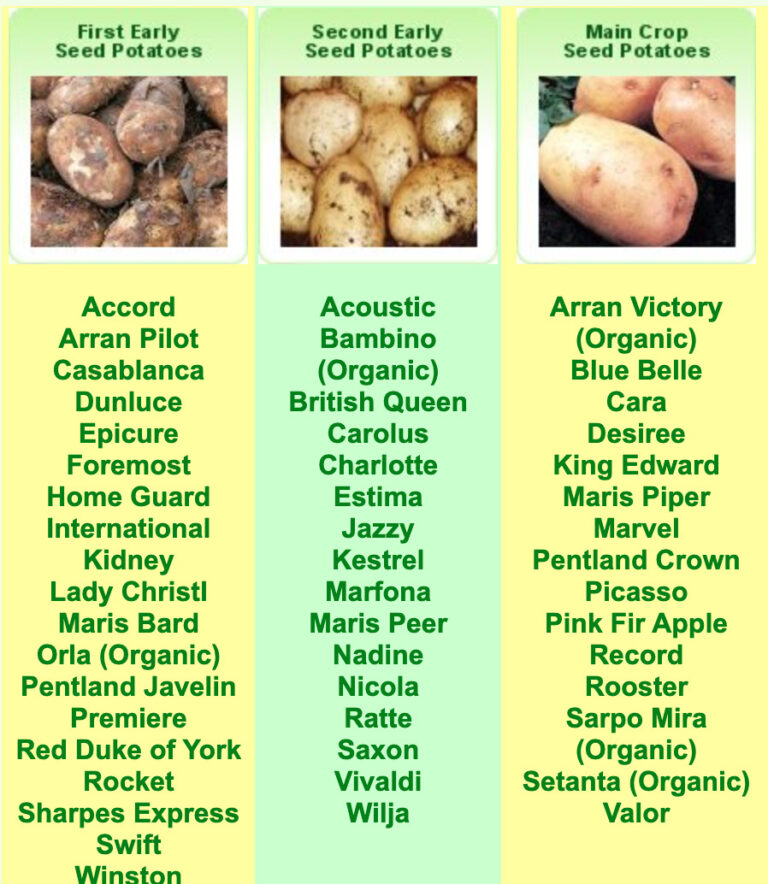Gardening Hints & Tips for February
Our February guest lifestyle blog is from Kathy Jones – from a passion for gardening, she established Usefulgear more than a decade ago and provides useful and practical gardening and homeware gifts online. Newly launched this year Usefulgear presents a handy monthly blog about gardening hints and tips to get motivated and inspired by the outside with gardens or containers and relish the harvest of at the end of the season with family and friends.
Gardening Hints & Tips for February
Gardening is my reset button to help me destress and take a moment; you’ll find me wandering around the garden planning what to plant next with a cuppa in hand, especially at this time of year. I have had an allotment for fifteen years, but a back injury and house move changed my passion to veg trough and container planting, supported by my trusty greenhouse.
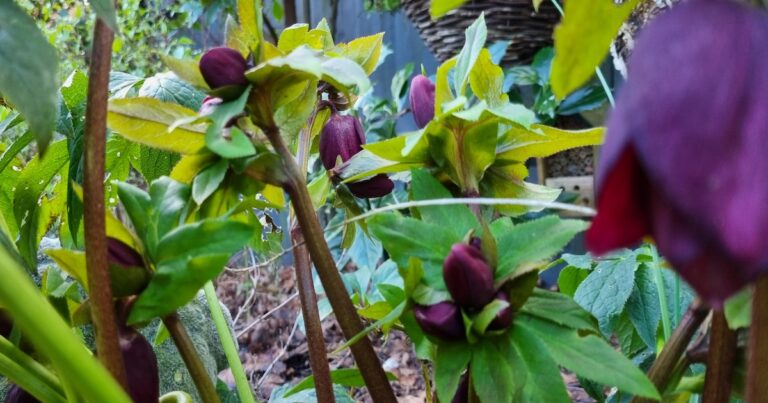
A quick guide helps to get you started with the planting season. I live in South Wales, so I usually sow seeds a few weeks before my family in the North of England. January is always tricky to get motivated with cold, damp weather, but I love this time of year as there is nothing better than planning the veg plot, ordering seeds, cleaning pots ready for the spring, and ensuring bird feeders are topped up.
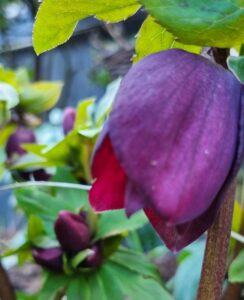
When the hellebores’ flower heads start nodding in the breeze, it’s time to start planning. First tip of the New Year – never throw away those hyacinth bulbs from Christmas; plant them out into the garden for a beautiful display next year.
February Jobs
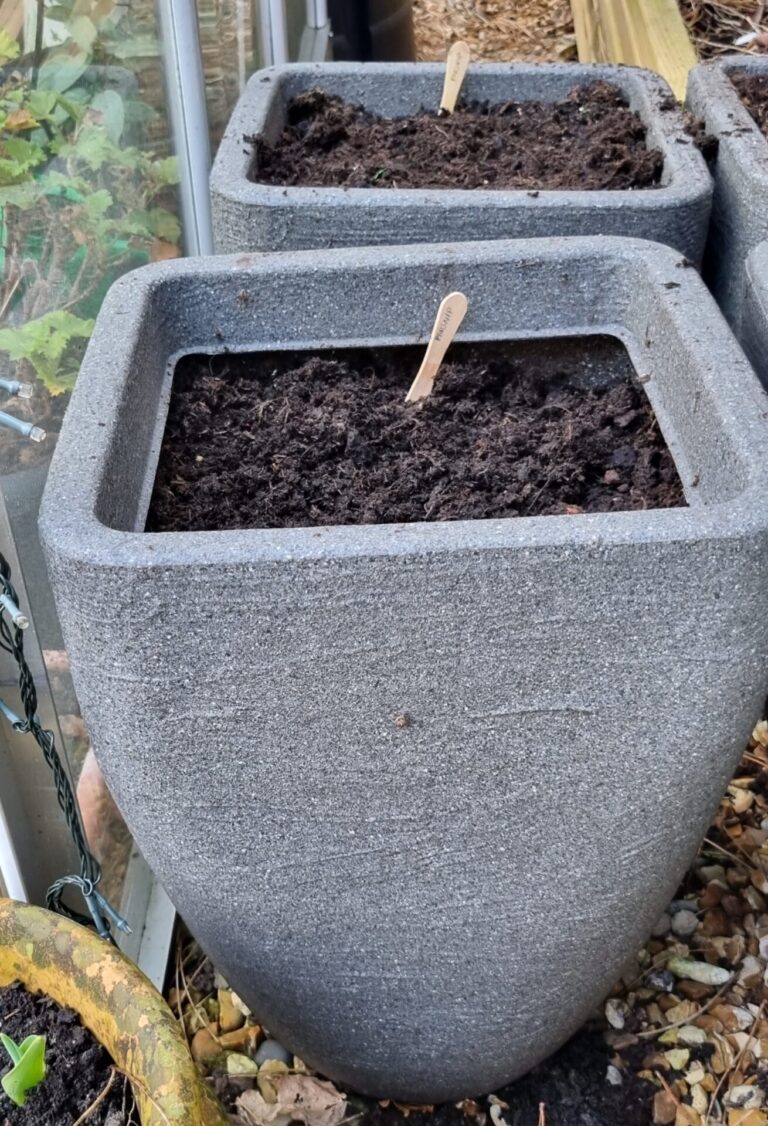
- Parsnips – Historically, parsnips are sown in February if the ground is not frozen; however, some wait until warmer soil in March. I love autumn parsnip and sow newly purchased F1 seeds that are canker resistant, like ‘Gladiator’ or Javelin’. This year I will sow seeds in February and March. I don’t have deep fertile soil, so I use deep pots and last year’s leftover compost from the greenhouse.
- Leeks – Can be started indoors in the first or second week of February. Depending on space, sow in individual pots or seed trays and plant out after the frosts. I sow Musselburgh as it is reliable and has good flavour and texture when cooked. Interval sowing helps spread the crop harvest in the winter and the New Year.
Top Tip
- Seed potatoes – Buy and chit (pre-sprout before planting) seed potatoes. “To chit or not to chit,” – I believe in chitting and usually place seed potatoes in an egg box vertically upright in a cool, frost-free place with no direct sunlight to encourage sprouting before planting out.
The Three Varieties of Potato
- First Early – Fast growers ready to harvest in 10 -12 weeks after planting
- Second Early – Slightly slower harvesting 13-15 weeks after planting
- Main crops – Harvest 20 weeks from early main crop to 26 weeks for late main crops. Click picture for more details.
Top Tip
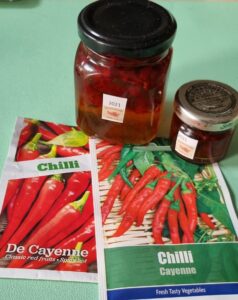
- Chillies – It is best to start these early to give you a more extended harvest. Fill a small pot with seed compost, firm gently and sow a few seeds on top; plant a few extra for losses. The hotter the varieties need a longer growing time. I tend to grow De Cayenne long slim chillies, Joe’s Long Chillies and Scotch Bonnet for a bit of kick, perfect for making great Chilli Jam when harvested (remember rubber gloves when chopping)
- Tomatoes – There are thousands of tomato seeds, from cherry and plum to beef tomatoes. There is nothing better than sneaking into the greenhouse and munching fresh tomatoes off the vine in the greenhouse. February is the best time to start them off indoors; I always grow gardener’s delight and a cherry variety for a quick nibble.
- From late February, fill a small pot or seed tray with compost and water well, then sow 3/4 seed on the surface. Cover with a bit of compost on its own or mixed with vermiculite, cover with a clear bag and pop on a warm windowsill. Once germinated, remove the bag and place it in more light to avoid going leggy and straggly.
Top Tip
Keep all your seeds perfectly organised with this great seed organiser. Available in my shop now in 3 different colours; I'd be lost without mine.
- Broad beans – These can be started off in pots in February to plant out in March or can be sown directly in the ground from March onwards for harvest throughout the summer. You can soak your seeds in a glass of water overnight as this will help germination. Place a few seeds vertically in pots of compost and place in a cool unheated room, outside wall of a heated house or unheated greenhouse. Sow seed last week of February and transplant outside last week of March. Great varieties include Bunyard’s Exhibition or Aquadulce.
Top Tip
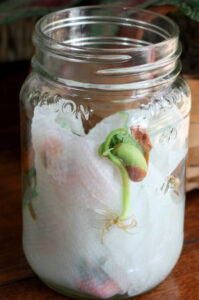
- Carrots – Home grown always taste sweeter than supermarket varieties and can be grown successfully from early February under cloches (this warms the soil and prevents carrot fly). Sow thinly to avoid disturbing the ground later. They can grow in 12-inch-deep containers with multi-purpose compost. Round-rooted types are ideal, or you can sow long carrots but harvest when young, as baby veg. Seeds include Early Nantes, Flyaway, Bangor, Paris Market 5 (rounded type)
Top Tip
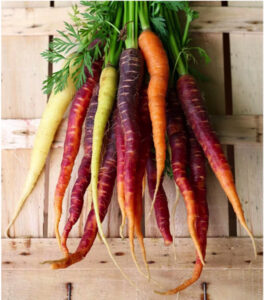
- Brassicas – Summer Cabbage, Kale, Purple Sprouting Broccoli, Red Cabbage, Salsify, Savoy Cabbage. Sow seeds in small pots or modular trays to put in a greenhouse or indoors; remember to harden them off before planting out, for colder areas sow in March. This will provide a harvest in late August but remember to cover young plants when planting Pigeons’ love Brassicas!
One last note: Try some baby salad leaves and flower seeds, including sweet fragrant Sweet Peas and Cosmos – great for lasting into the Autumn.
Join me next month for a busy March planting and delving into microgreens seeds.
See the products that support my blog at https://usefulgearuk.etsy.com .
If you have any questions, give me a shout at kathy@usefulgear.co.uk , check out my blog or follow my updates on Facebook, Instagram or Twitter.



